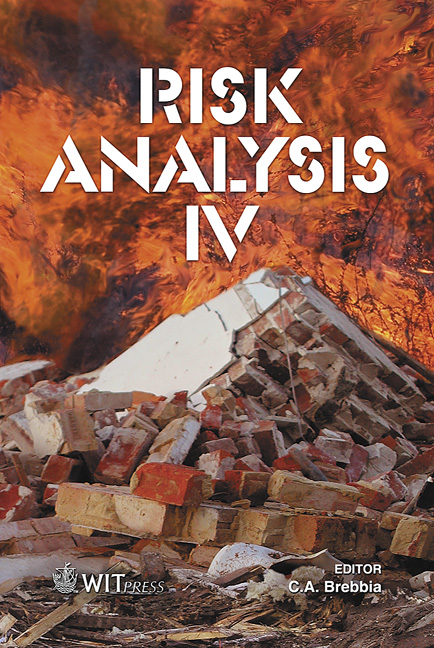A Study On Seismic Vulnerability Of Inca Constructions
Price
Free (open access)
Transaction
Volume
77
Pages
9
Published
2004
Size
641 kb
Paper DOI
10.2495/RISK040011
Copyright
WIT Press
Author(s)
J. Ogawa, C. Cuadra, M. B. Karkee & J. Rojas
Abstract
To evaluate the vulnerability of the historical Inca stone constructions, a simple model is developed to investigate their seismic behavior. The analytical model consists of multiple rigid body system subjected to dynamic action under the condition of friction and impact. First, a sinusoidal wave is used as input motion to investigate the dynamic behavior of the model. Then an actual earthquake record is selected and scaled to the corresponding peak ground acceleration to simulate the seismic behavior of a typical stone masonry wall. Results show that a uniform friction coefficient between stone blocks permits the stone wall to work as a single rigid body although the mathematical model is a multi rigid body system. However if a small difference or variation of the friction coefficient is introduced among the blocks, the displacements of adjacent blocks become different, originating impact actions between blocks resulting in a separation of blocks or failure of the wall. 1 Introduction About 500 years ago, the Inca culture reached the peak in its development, which was just before the arrival of Spaniard conquistadors. By the time, the Incas had integrated a vast empire that stretched from the Maule river in Chile to the northern Ecuador along the western side of the Andes mountain range. This territory, as in present days, had continuously been exposed to natural disasters such as excessive rainfalls, earthquakes, landslides, floods, etc. In spite of such impending disasters, the Incas were able to develop techniques of construction to
Keywords





